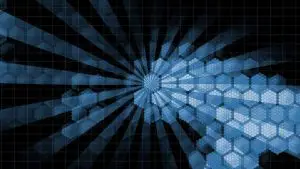(Editor's Note: Part 1 of this article appeared in the August 2003 issue of ElectronicsCooling. Illustration references in this part begin with Figure 5.) Cooling electronic systems is one of the major focal points of the design process and the key to a successful product launch. Many options to attain successful operation are available, ranging from passive cooling to … [Read more...]
Cooling Technology Options
(Editor's Note: Part 2 of this article will appear in the November 2003 issue of ElectronicsCooling.) Cooling electronic systems is one of the major focal points of the design process and the key to a successful product launch. Many options to attain successful operation are available, ranging from passive cooling to cryogenics. These options are obviously power dissipation … [Read more...]
Visualization of air flows in electronics systems
The three-dimensional shape and irregular nature of electronic component topologies on air-cooled Printed Circuit Boards (PCBs) give rise to complex air flow patterns that have been well documented [1]. Even laminar flows over relatively simple shapes, such as cubical metal blocks simulating electronic components, often exhibit multi-dimensional flow phenomena that include … [Read more...]
Managing power requirements in the electronics industry
Rapid growth in the use of Internet and telecommunication services has created unique yet critical demands on the power required to energize this network. Continuing market requirements for higher-speed access - coupled with expanding needs for all modes of electronic communications - have resulted in telecommunications systems that exhibit dramatic increases in power … [Read more...]
The history of power dissipation
Figure 1. Transistor counts on Intel processors from inception to present superimposed on Moore's prediction. In his fascinating book, "Visions," Michio Kaku [1] predicts a future driven by silicon and quantum computers. Based on the information we have today, it is intriguing to speculate how such a highly silicon-based society might function and evolve. Being a thermal … [Read more...]










